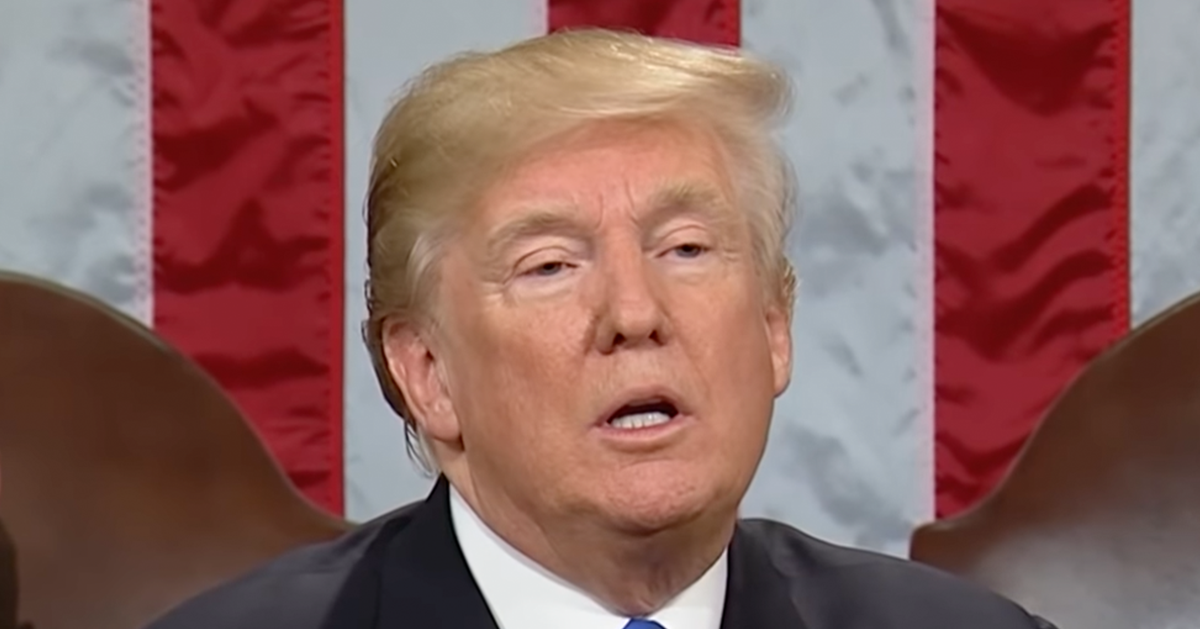Trump dismisses NLRB official, sparks outrage among critics
In a controversial decision, Donald Trump has removed Gwynne Wilcox from the National Labor Relations Board, leading to significant criticism and operational disruptions.
Trump's dismissal of Wilcox from the NLRB has created a decision-making standstill, with the move described by some as both unprecedented and illegal, as the Guardian reports.
The departure has left the board with only two members, falling short of the three-member quorum required for making determinations, as established by a 2010 Supreme Court ruling.
NLRB Faces Quorum Challenges After Dismissal
Wilcox, who recently occupied the position of chair of the NLRB, saw her term extend through August 2028 after her appointment by President Biden last month.
Her dismissal has stirred debate, with opponents citing legal questions, given the stipulations of the National Labor Relations Act, which state that board members can only be removed for negligence or malfeasance.
Trump's reshuffling of the board leadership became apparent with the appointment of Marvin Kaplan as the chair last week. This action has intensified the existing tensions within the NLRB, particularly following the firing of Jennifer Abruzzo, the board's former general counsel. Jessica Rutter currently serves as the acting general counsel.
Legal, Labor Implications of Wilcox's Firing
Wilcox expressed her concerns about the legality of her removal, emphasizing her unique contributions as the NLRB's first Black woman board member.
"It’s been an honor to serve as a Board Member and Chair...I brought a unique perspective that I believe will be lost," Wilcox stated. She also highlighted her intention to seek legal recourse in response to her dismissal.
The repercussions of this decision stretch beyond the NLRB, as corporations like SpaceX and Amazon had already challenged the board's constitutional legitimacy previously, particularly concerning the presidential authority over member removal.
Historical Context and Perspective on Board Changes
Abruzzo, reflecting on the accomplishments during her tenure, remarked on the proactive measures the NLRB undertook under her leadership.
She underscored the progress made in protecting worker rights and conveyed concern over the potential degradation of these efforts. "If the Agency does not fully effectuate its Congressional mandate...workers...will take matters into their own hands," she commented.
Trump's actions have been met with sharp criticism from various labor rights advocates and officials. AFL-CIO President Liz Shuler, for instance, described the firing as illegal, highlighting the adverse impact on NLRB's capacity to operate and protect workers. "Trump’s decision has effectively shut down the NLRB’s operations," she affirmed.
Reactions Highlight Labor Concerns
Union leader Becky Pringle criticized the maneuver as a misuse of authority. She stressed that halting the board's functions is a considerable setback for worker rights cases. "Trump is giving a gift to his donors," Pringle asserted, while urging Congressional members to reject such unilateral actions.
The dismantling of the NLRB's operational capability raises significant concerns about the future of labor rights enforcement. The absence of a quorum means that the board cannot render decisions on critical worker rights and organizing cases, leading to prolonged delays.
Strategic Implications for Labor Rights Enforcement
The NLRB's stability is essential for the protection and support of worker rights, and the current impasse threatens its capability to function effectively. Labor rights activists worry that the decreased functionality could embolden employers to disregard legal standards and exploit gaps in enforcement.
Critics argue that the situation underscores the need for robust advocacy and oversight to ensure that the board's mission remains intact. Those affected by the board's paralysis express hope that swift legal resolutions will restore its capacity to act in workers' interests.
Calls for Restorative Action and Oversight
For now, the controversy surrounding Wilcox's firing brings to light the broader implications of presidential influence over independent federal agencies. The debate around negligence or malfeasance as grounds for dismissal remains a focal point for many following the case closely.
As the NLRB grapples with these challenges, stakeholders remain vigilant, emphasizing the need for continued advocacy to protect workers' rights and interests in light of recent developments.



